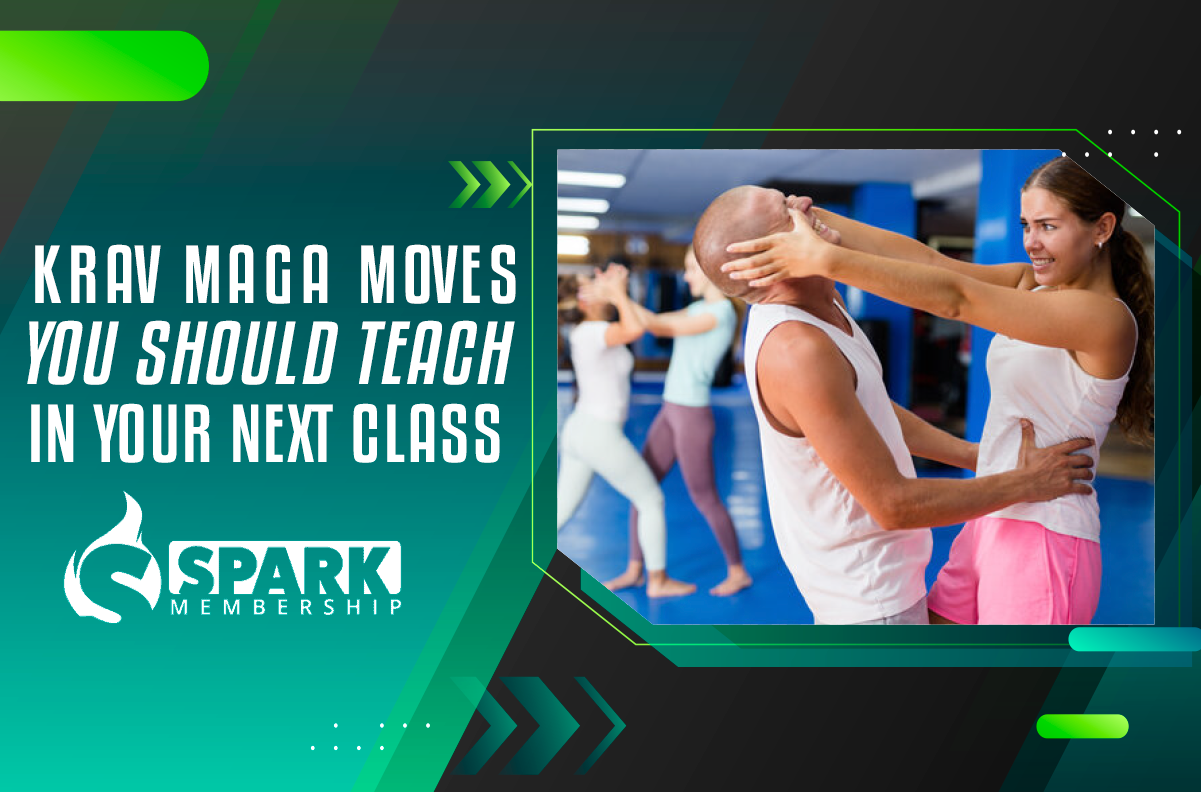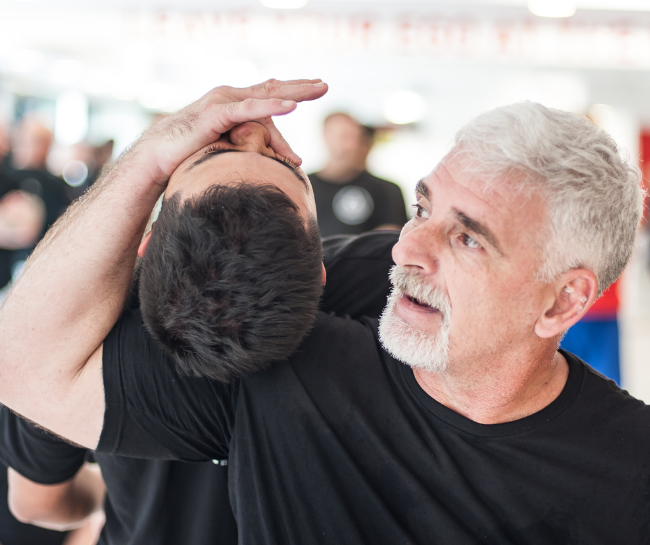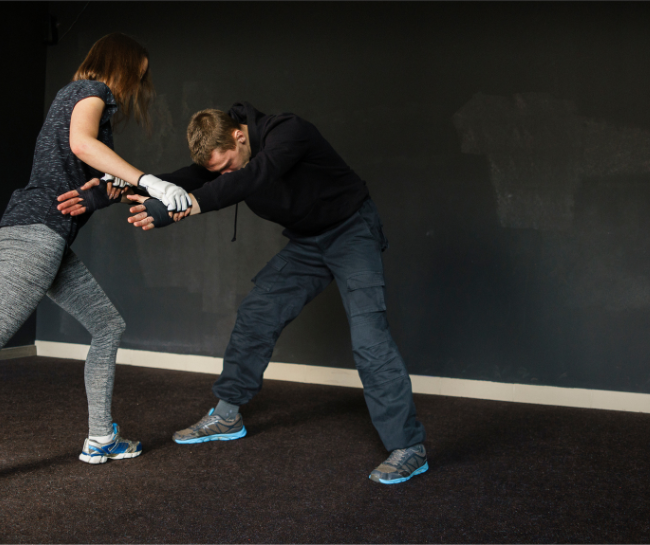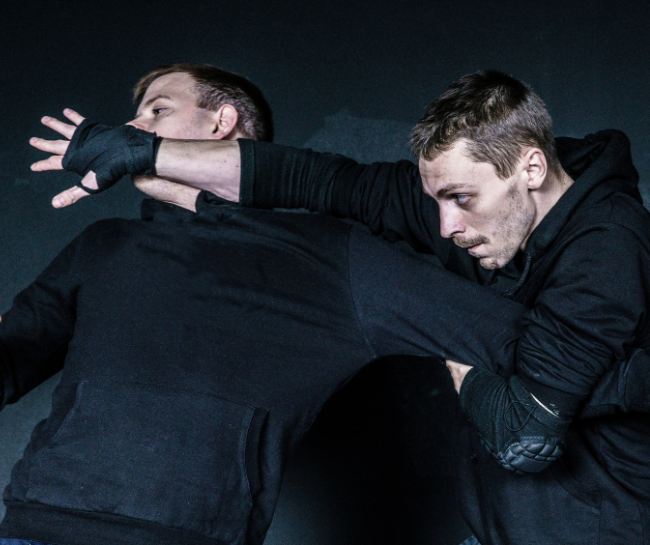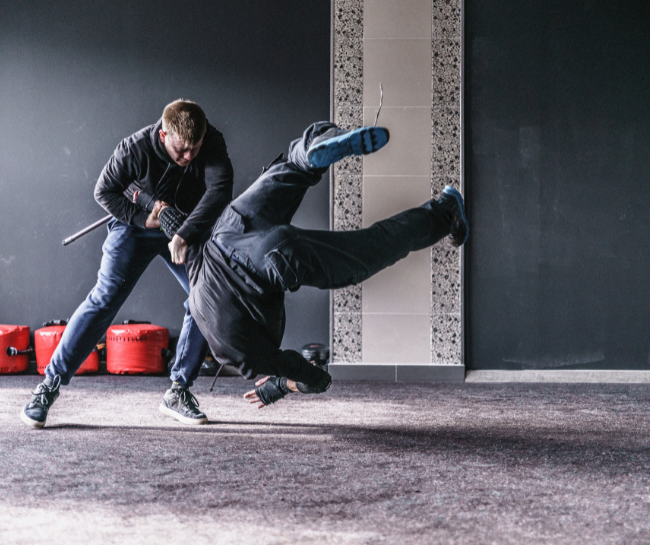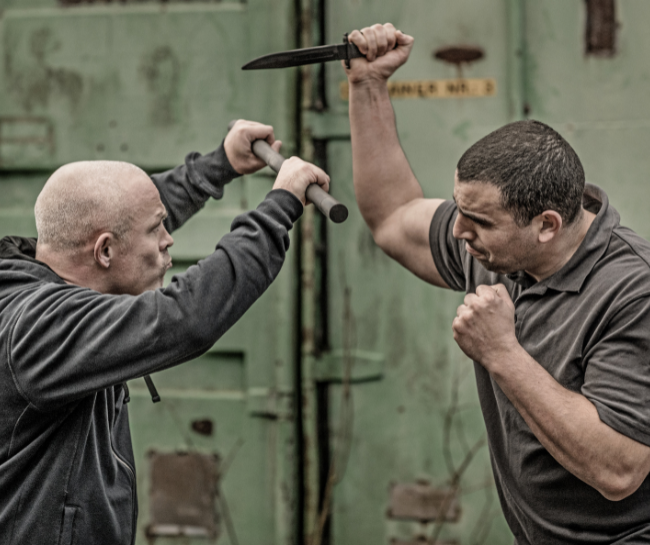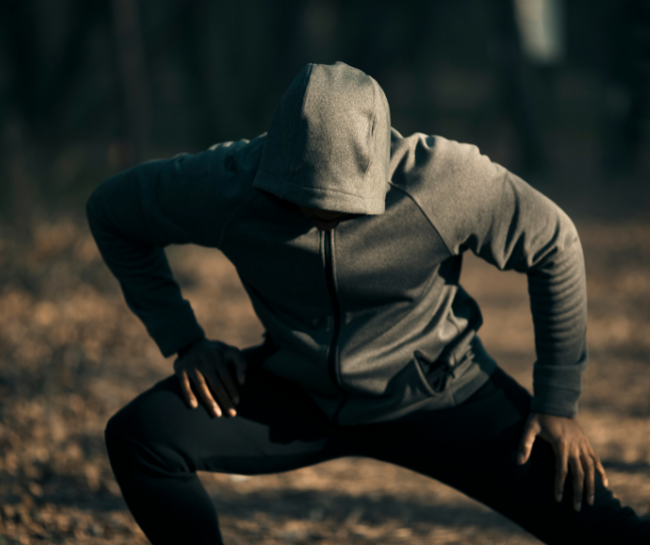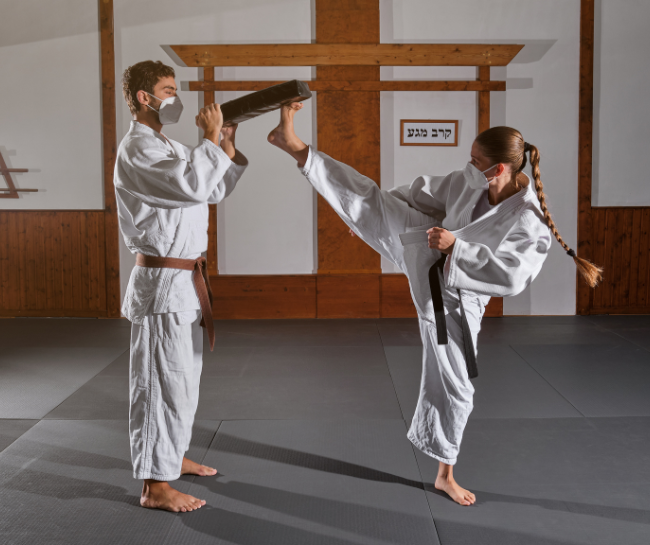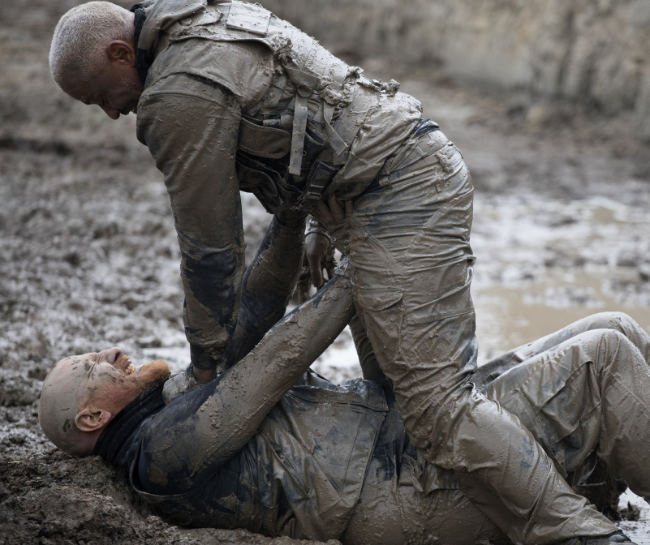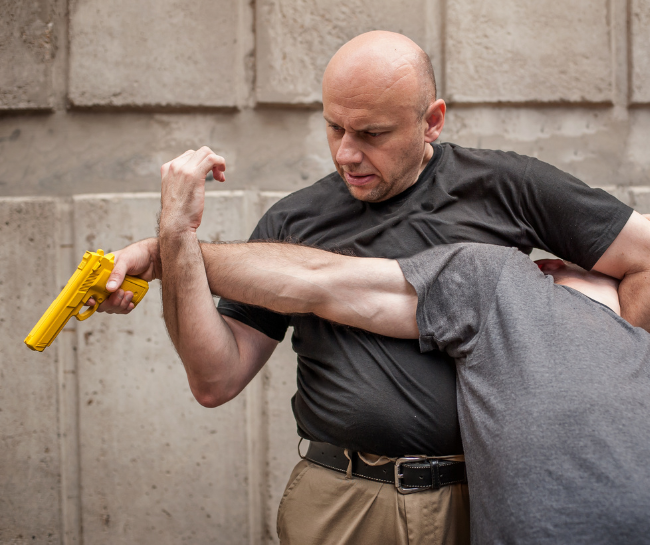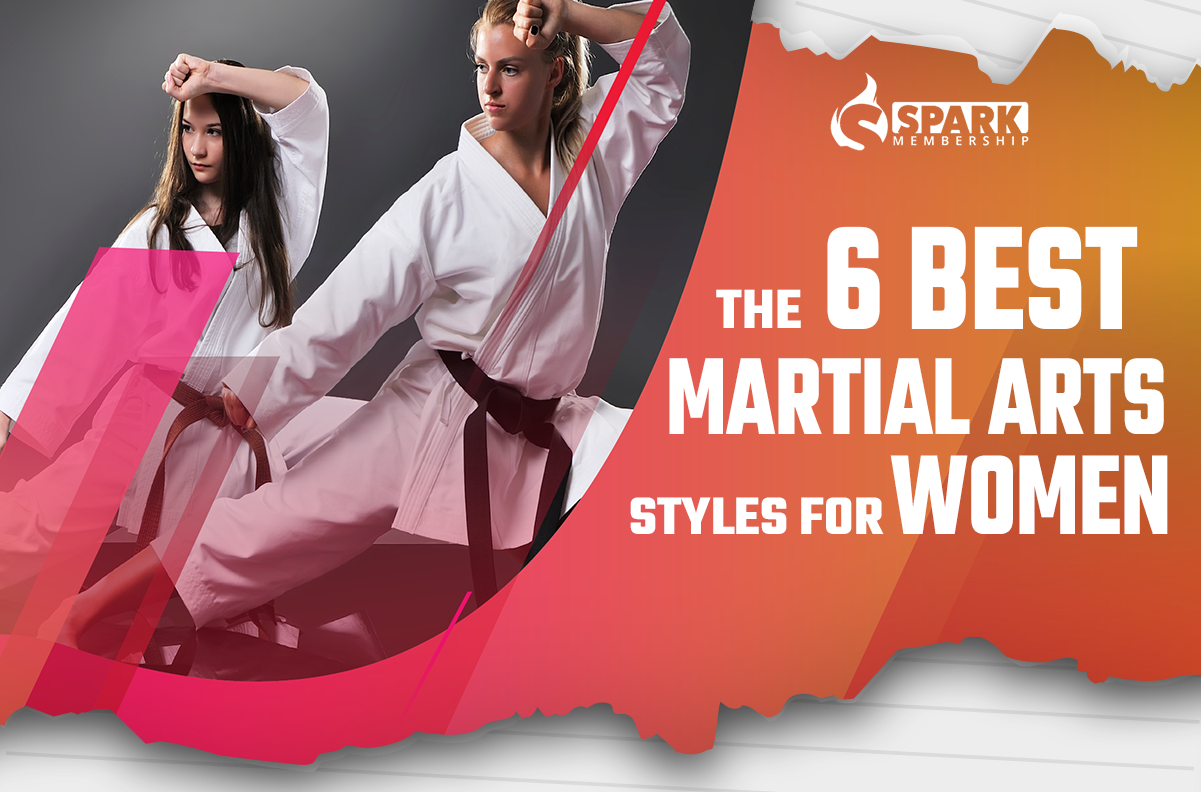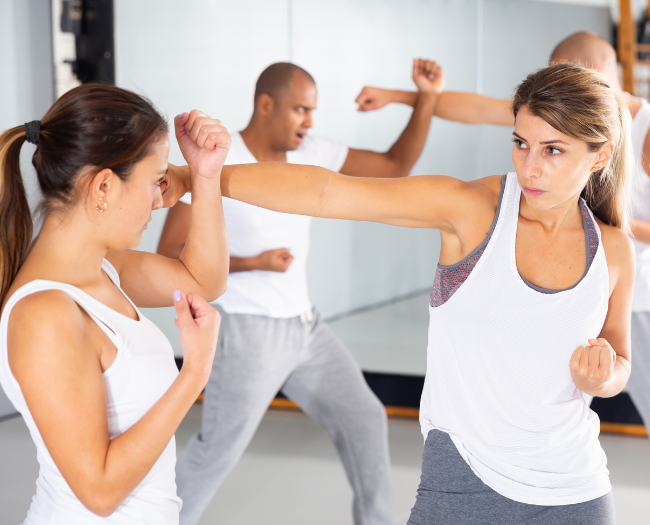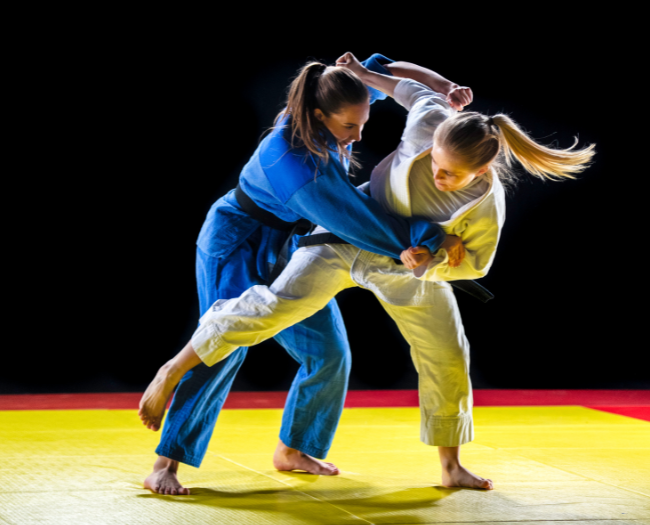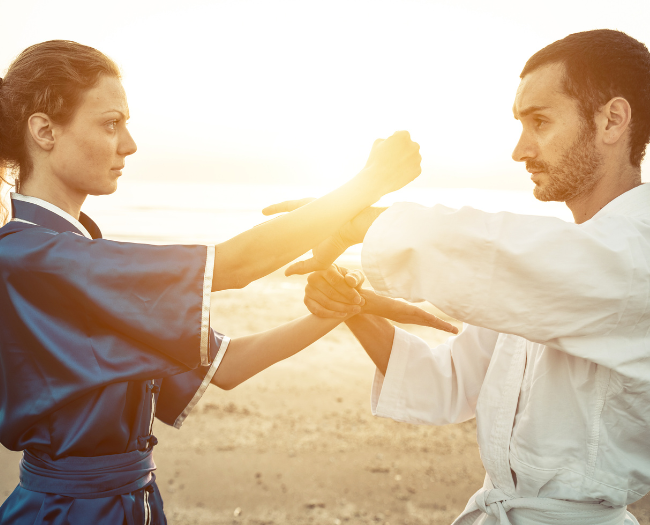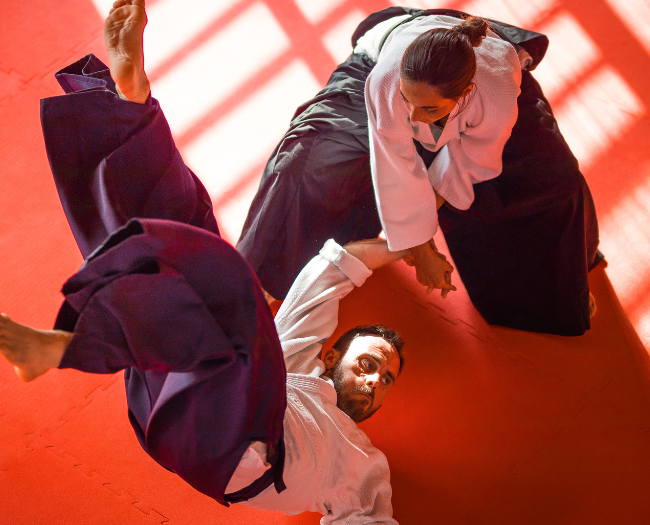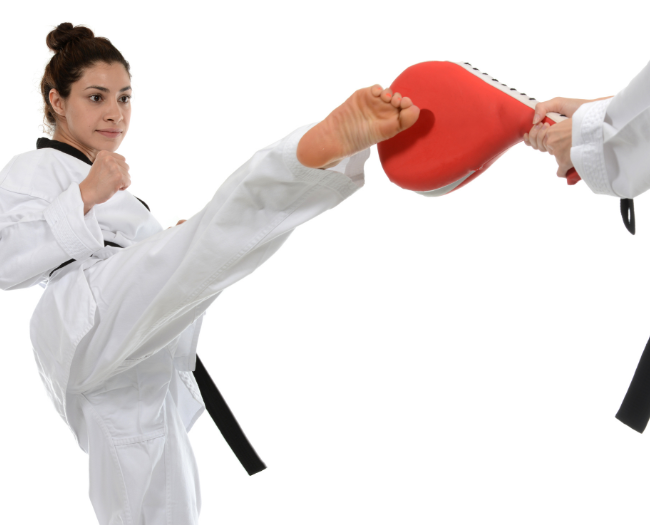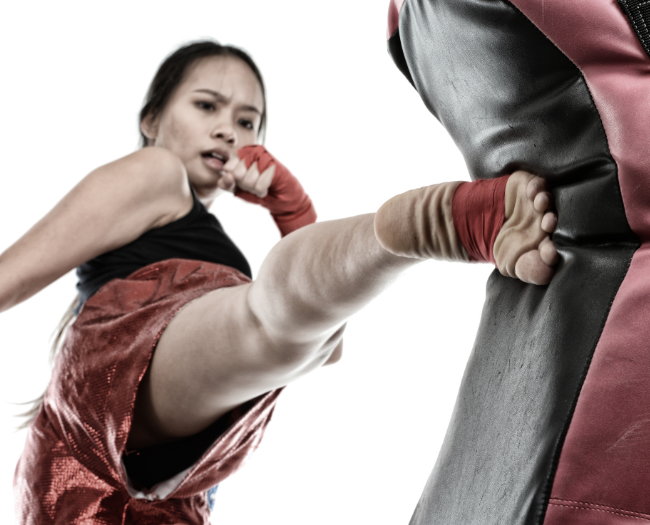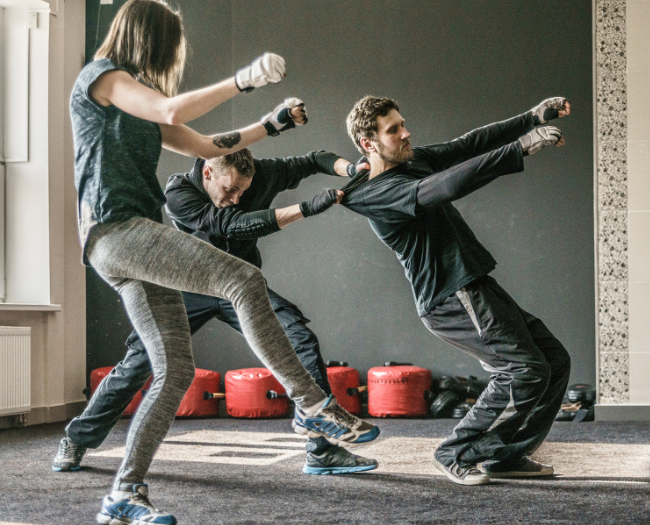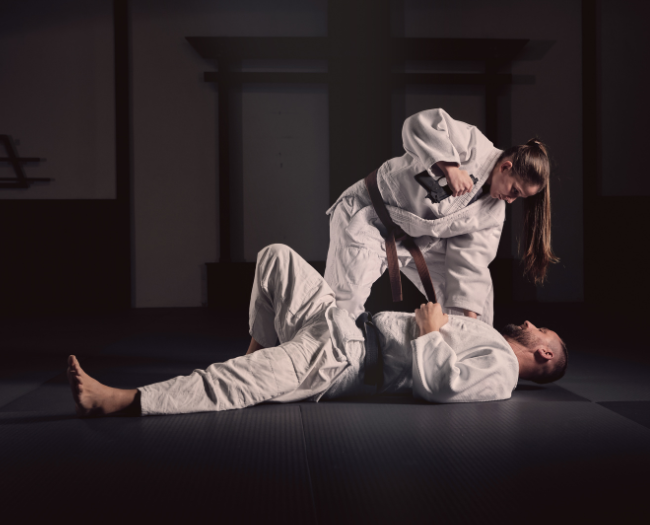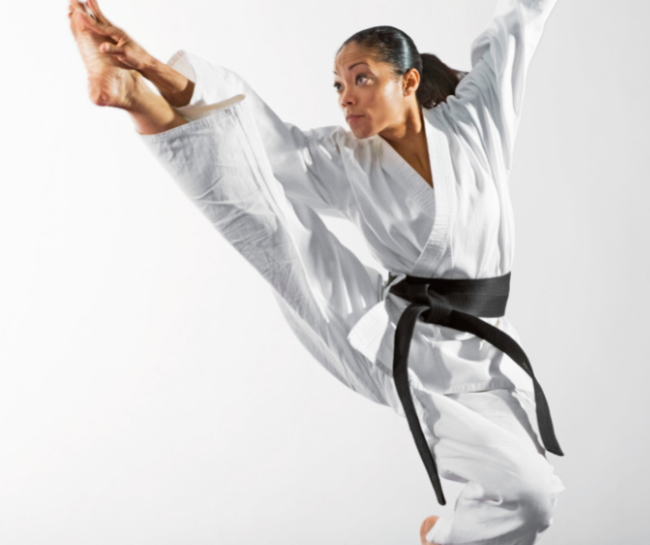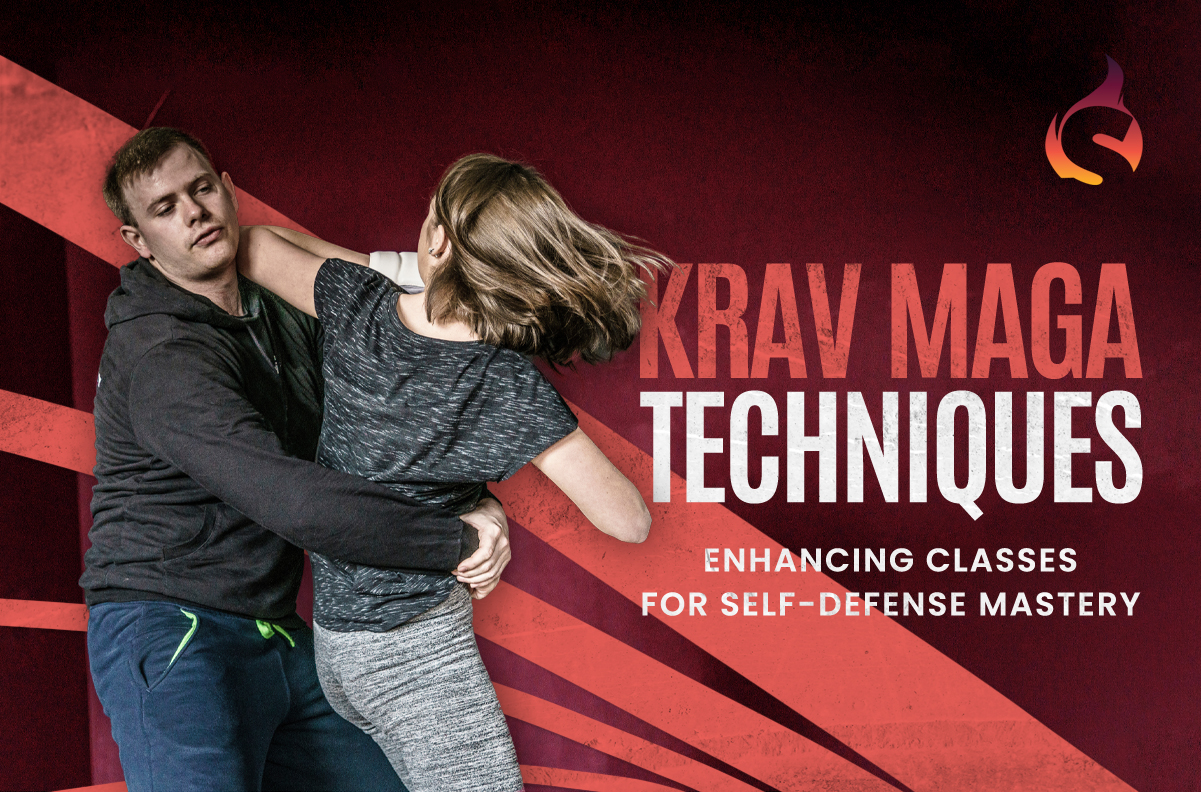
Ever thought about adding some spice to your self-defense classes with Krav Maga techniques? Well, you’re in for a treat! Krav Maga is renowned for its focus on real-world situations, offering a range of techniques that can seriously ramp up the excitement in your classes. Whether you’re a complete beginner or have some martial arts experience under your belt, mastering these techniques is a game-changer for anyone keen on self-defense.
What is Krav Maga?
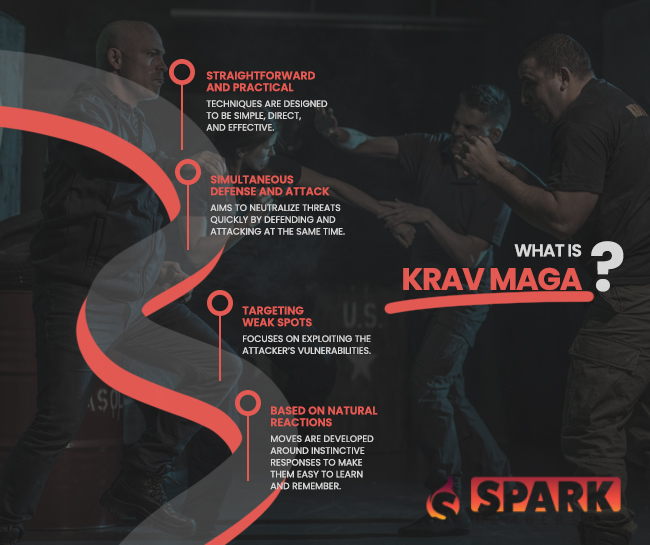
Krav Maga started in Slovakia in the 1930s and was first created for the military. It came from the street-fighting experience of a guy named Imi Lichtenfeld. Later, the Israeli military picked it up and made it even better for real-world self-defense.
- Straightforward and Practical: Techniques are designed to be simple, direct, and effective.
- Simultaneous Defense and Attack: Aims to neutralize threats quickly by defending and attacking at the same time.
- Targeting Weak Spots: Focuses on exploiting the attacker’s vulnerabilities.
- Based on Natural Reactions: Moves are developed around instinctive responses to make them easy to learn and remember.
💡 Krav Maga isn’t just about learning to protect yourself. It’s also about building confidence, staying fit, and being aware of your surroundings. Whether you’re interested in self-defense, getting in shape, or just want some excitement, Krav Maga has a lot to offer.
Enhancing Classes with Krav Maga Techniques
Injecting Krav Maga techniques into your classes can be a game-changer. It not only introduces variety but also empowers participants with practical self-defense skills. So, how can you seamlessly integrate these techniques to spice up your sessions?
- Gradual Introduction of Techniques:
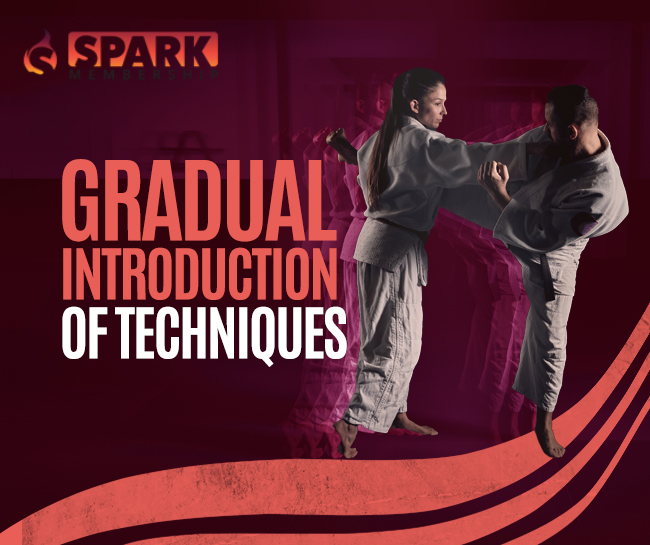
Start with the basics. Introduce foundational moves and gradually progress to more advanced techniques. This structured approach builds a strong foundation, ensuring participants gain confidence and fully understand the principles behind each move.
- Real-Life Scenario Training:
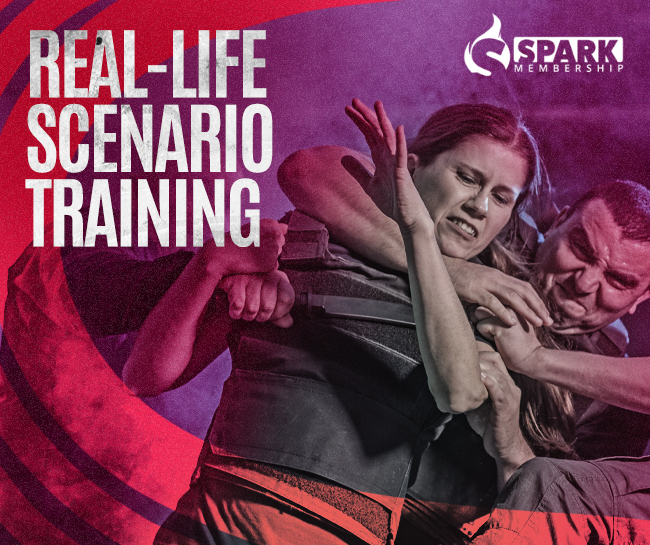
One of Krav Maga’s unique features is its focus on real-life situations. Incorporate scenario-based training to help participants visualize and practice techniques in realistic contexts. This method enhances the applicability and effectiveness of the learned skills.
💡 By investing in their real-world preparedness, you’ll be offering a valuable and holistic self-defense experience that keeps your martial arts school at the forefront of the industry.
- Fitness and Conditioning:
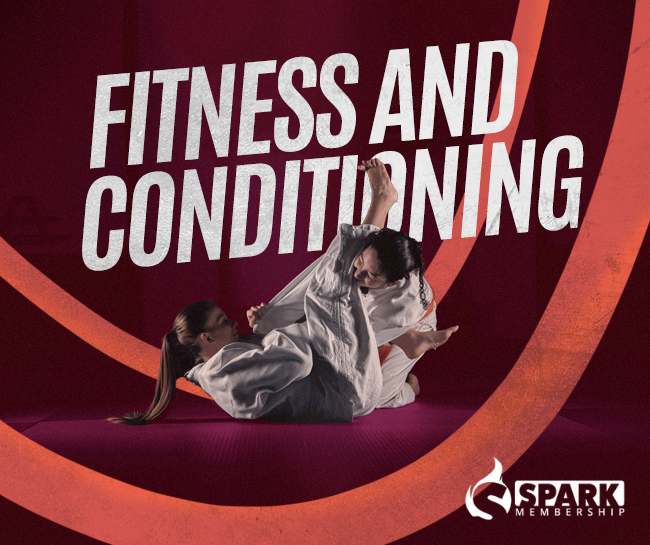
Krav Maga is physically demanding. Integrate fitness and conditioning elements to improve participants’ stamina, strength, and agility. This holistic approach ensures that they are physically prepared to execute techniques effectively and respond to threats confidently.
- Encouraging Consistent Practice:
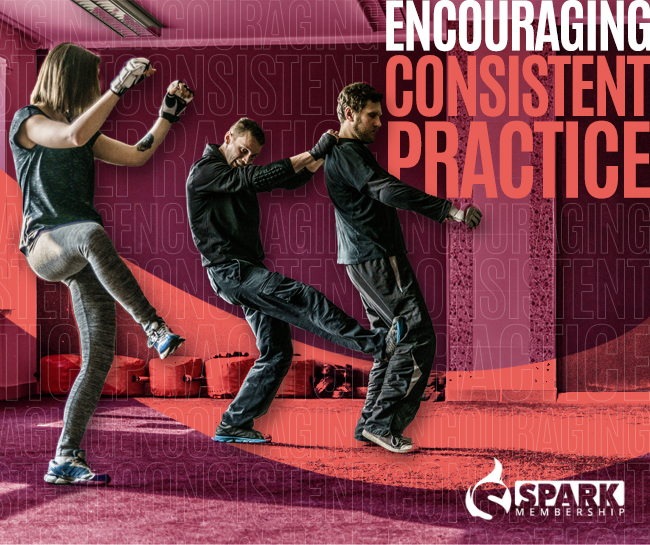
Repetition is key in mastering Krav Maga techniques. Encourage consistent practice and provide opportunities for participants to refine their skills. Regular feedback and constructive criticism are essential in fostering improvement and building confidence.
- Building a Supportive Community:
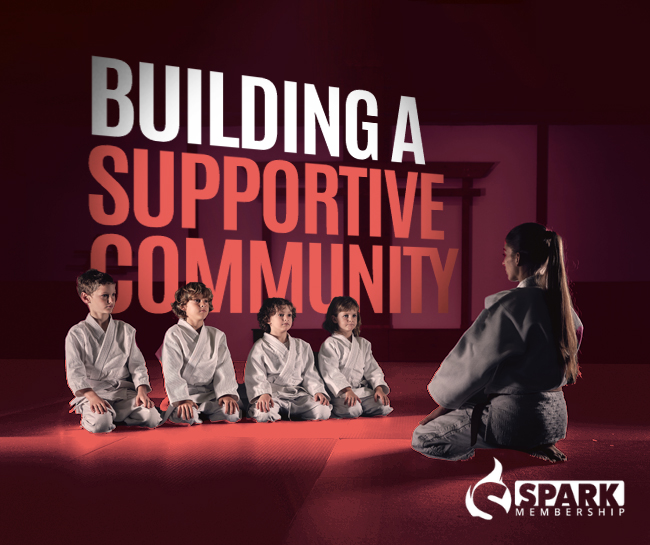
Fostering a sense of camaraderie and mutual support enhances the learning experience. Create an environment where participants feel comfortable asking questions, sharing experiences, and learning from each other. This community-driven approach contributes to sustained engagement and progress.
💡 Building a supportive community within your Krav Maga classes can significantly enhance the overall experience for your students and contribute to their self-defense mastery.
- Offering Specialized Workshops and Seminars:
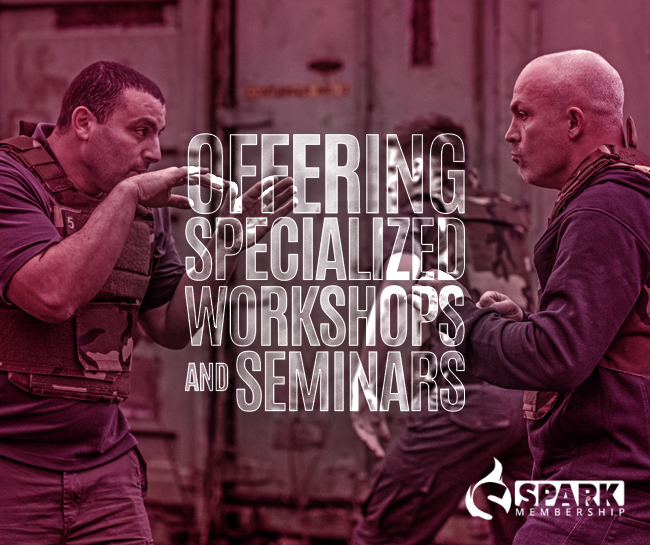
Organize workshops and seminars focusing on specific aspects of Krav Maga. Bringing in experts and experienced instructors for these sessions can offer fresh perspectives and deepen participants’ understanding and appreciation of the art.
- Keeping Classes Dynamic and Engaging:
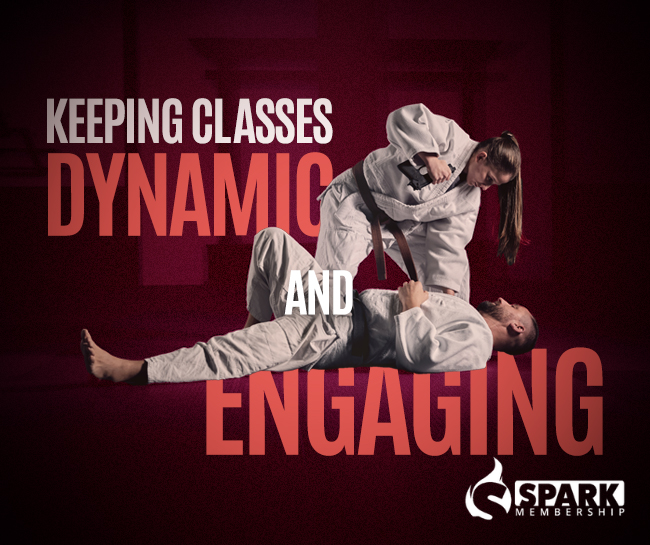
Vary the class structure, introduce new challenges, and keep the energy high. Maintaining a dynamic and engaging atmosphere keeps participants motivated, interested, and looking forward to the next session.
Enhancing your classes with Krav Maga techniques can offer a refreshing and empowering learning experience for participants. By implementing these strategies, you’re not only diversifying your class offerings but also equipping individuals with invaluable self-defense skills, fostering a sense of community, and promoting an active and confident lifestyle.
Unlock seamless class management, effortless billing, and engaged member experiences. Say goodbye to admin headaches and hello to growth! 👉 Try Spark Today!
